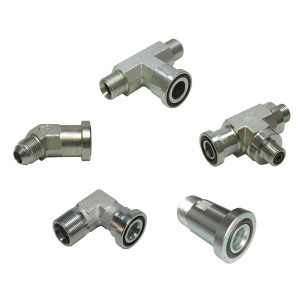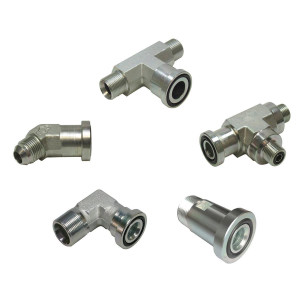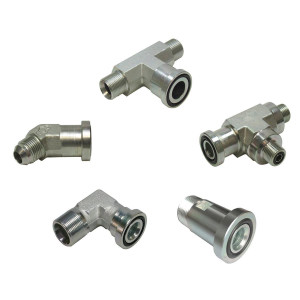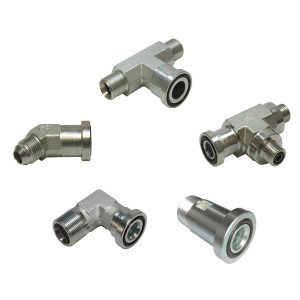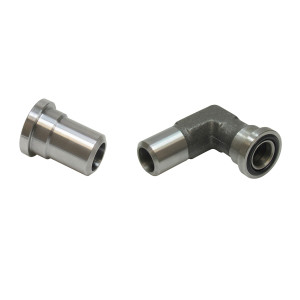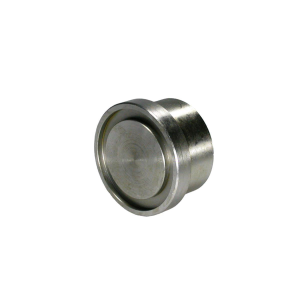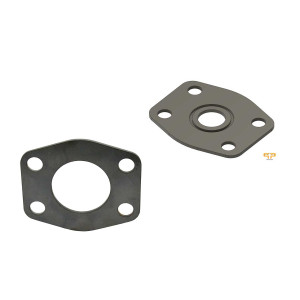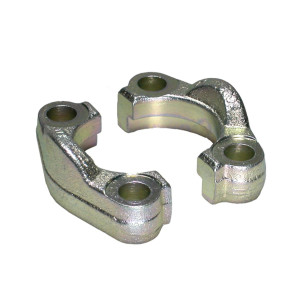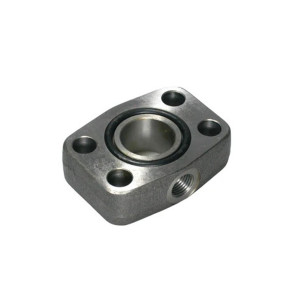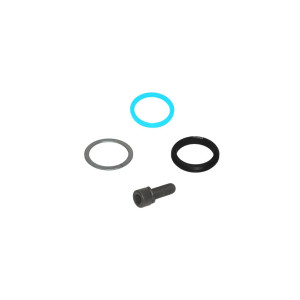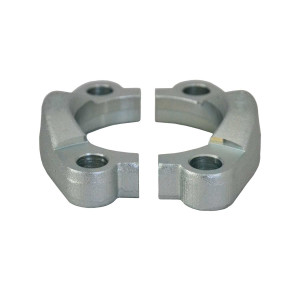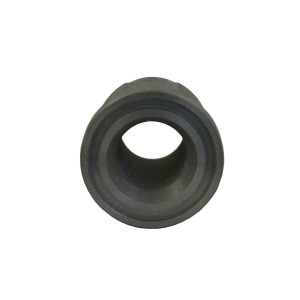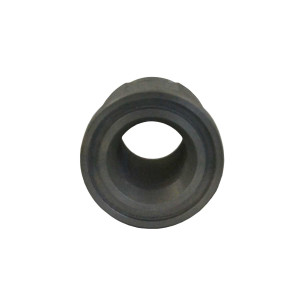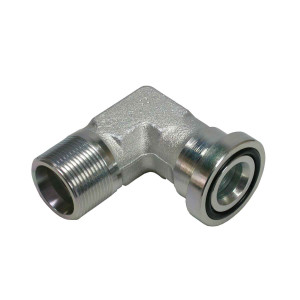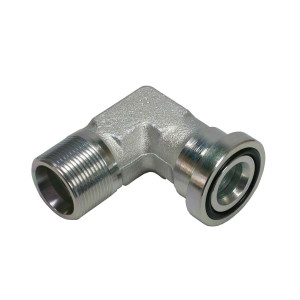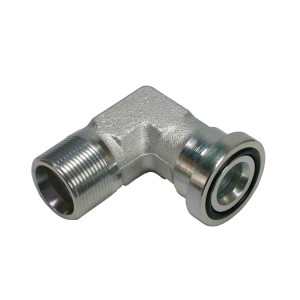Flange fittings
Important fasteners for demanding applications
Flange fittings are essential connection components in the hydraulic industry. They consist of two flange halves and a flange plate, which together enable a strong connection between pipe or hose lines. Flange fittings are available in various sizes and thread types to meet the requirements of different applications.
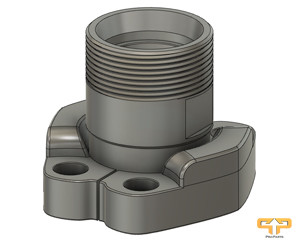
The assembly of flange fittings requires care and precision. The flange halves are placed around the flange plate and mounted to hydraulic pumps or cylinders using screws. Correct installation is essential to avoid leaks and other issues.
The external thread on the flange fittings allows for easy and secure connection of pipe or hose lines. Care must be taken to ensure that the fittings match the specifications of the pipes and components being used.
The selection of the right flange fittings depends on various factors, including pressure, temperature, and the type of pipes or components being connected. Flange fittings are an extremely robust means of connecting pipes and hoses in hydraulic systems. These fittings can withstand high pressures typically encountered in hydraulic systems. Flange fittings can handle pressure spikes ranging from 3000 PSI to 6000 PSI, ensuring a secure and reliable connection of hydraulic components. This ensures smooth operation of machinery and equipment, ultimately leading to higher productivity and efficiency.
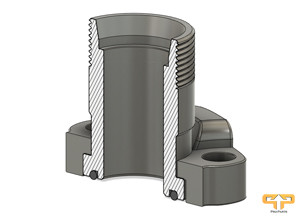
Flange fittings are indispensable in many applications within the hydraulic industry. They are capable of withstanding high pressures and extreme temperatures, making them an ideal choice for demanding applications. However, careful installation and regular maintenance are essential to ensure the performance and safety of flange fittings.

